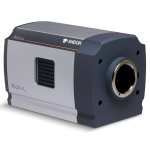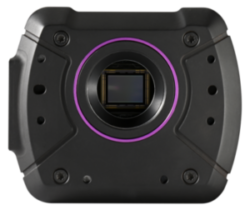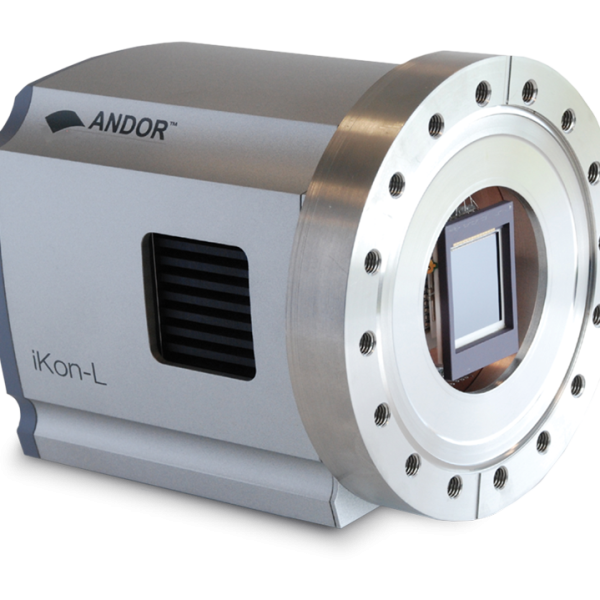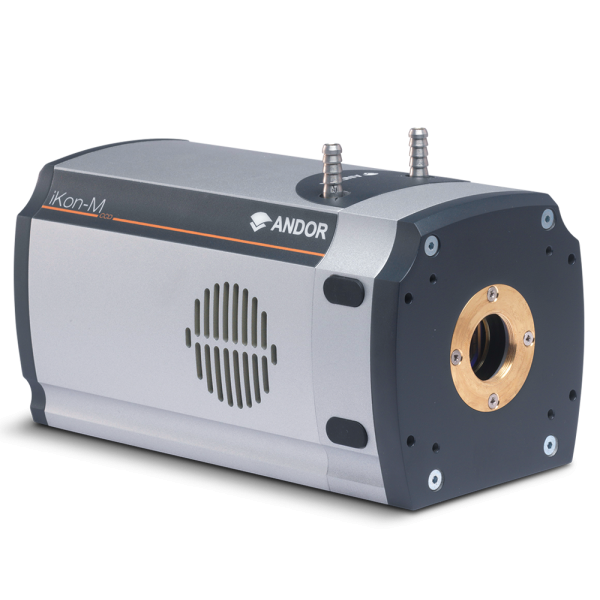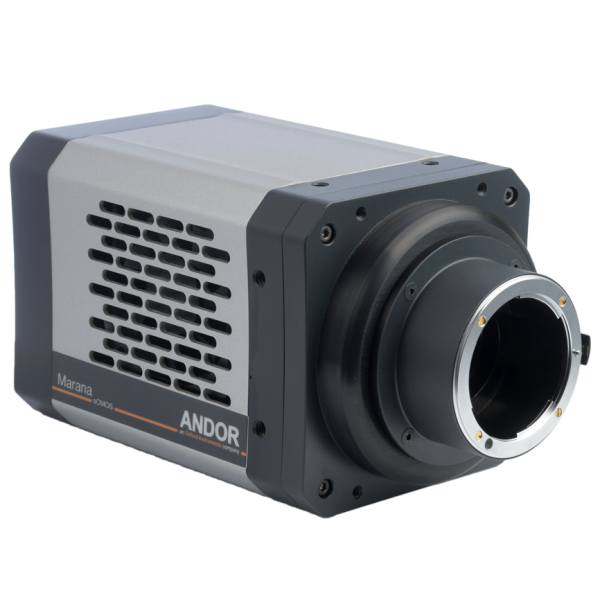iKon-M 912 CCD Cameras | Andor
Andor’s iKon-M 912 cooled back-illuminated CCD camera is designed to offer the ultimate in high dynamic range, low noise performance. The 512 x 512 CCD array with 24 μm pixels has been optimized for extremely high well depth and maximum photon collection per pixel.
Resources:
Features & Benefits:
24 µm pixels – The large 24 µm pixels are designed with maximum well and photon collection area in mind.
Unparalleled thermoelectric (TE) cooling performance – Negligible dark current, without the aggravation or safety concerns associated with LN2. Market-exclusive TE cooling specs of -100°C with 10°C water chiller/recirculator available from Andor); -80°C with air-cooling via integrated low-noise fan.
Up to 95% QE – Back-illuminated sensors available for maximum photon capture and higher S/N ratio.
UltraVac™ – Proprietary and proven vacuum process, critical for sustained vacuum integrity, sensor protection and unequalled cooling, year after year.
Ultra low-noise readout – Down to 2.5 electrons rms with intelligent low-noise electronics, offering the most “”silent”” system noise performance available.
Software selectable readout speeds (up to 5 MHz) – Faster readout for focusing and following dynamic events, slower readout for absolute minimal noise performance.
High quantitative dynamic range – 16-bit scientific grade A/D, quantifying both strong and very weak signals in a single frame.
Single window design – Maximum photon throughput.
Software selectable pre-amp sensitivity – User configurable system optimization.
External trigger – TTL input and output for synchronization to experimental events.
Technical Specifications:
Active pixels : 512 X 512.
Pixel size: 24 μm x 24 μm.
Image area :12.3 x 12.3 mm with 100% fill factor.
Linearity: Better than 99%.
Frame rate: 14.4 fps (full frame).
Digitization: 16-bit (all speeds)18-bit (100 kHz, 500 kHz and 1 MHz).
System window type: UV-grade fused silica, ‘Broadband VIS-NIR’, wedged.
| Manufacturer | |
|---|---|
| Applications / Industries | , , , , , , |
| Pixel size |
Related products

DIDN'T FIND WHAT YOU WERE LOOKING FOR?
Our team is here to help you! Call us or leave us a message and an Apel Laser consultant will be happy to answer your questions and find personalized solutions for you.




